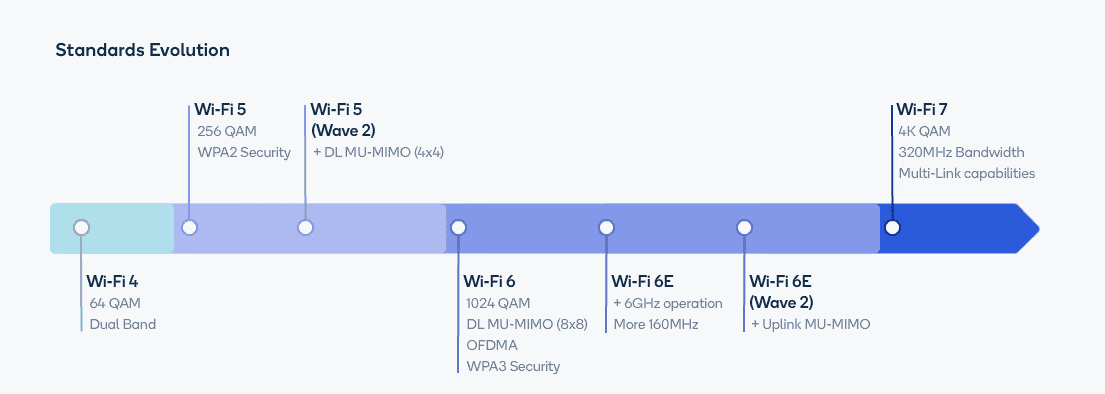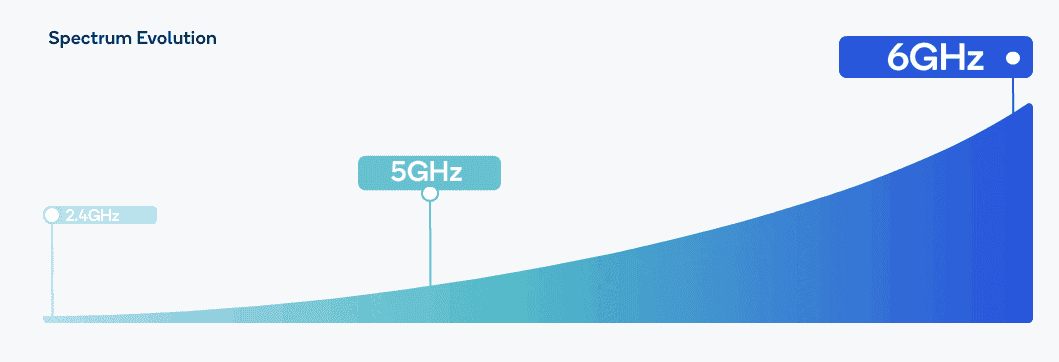We just stared using the Wi-Fi 6 standard is new, but the WiFi 7standard is now upon us. So what advantages will it have over its predecessors? According to Qualcomm, which is the leader in the field, Wi-Fi 7 will double capacities and speeds (compared to Wi-Fi 6) and at the same time cut latency by half. This is one of the best descriptions of the upcoming standard. However, it will come with tons of new features that will make it stand out. Say, Wi-Fi 7 will introduce the powerful MLO feature. The latter will allow creating multiple links across several bands.
Chipset maker MediaTek said Wi-Fi 7 is three times faster than Wi-Fi 6. (Maybe theoretically, it will be as MediaTek said. But in practice, it could reach only two times of Wi-Fi 6 speed.)

If you are not aware of what speed and performance Wi-Fi 6 brings, this is a good chance to understand how the world has changed. First, Wi-Fi 7 will double maximum channel widths (to 320 MHz) and introduce higher-order modulation with 4kQAM.
However, Wi-Fi 7 will have another key feature – it’s the ability to manage, and therefore to optimize various available spectrum bands. It’s called multi-link operation (MLO). Generally talking, MLO allows devices to make simultaneous use of spectrum on multiple links.

“The highest performance option [for Wi-Fi 7 MLO] is High Band Simultaneous Multi-Link. The device uses each band as it becomes available and can operate on both simultaneously, aggregating throughput across both. As it can operate simultaneously on each band, it is even better at avoiding congestion to lower latency,” Andy Davidson says.
MLO boasts a few useful functions. Say, it not only aggregates channels from different bands but also sets up multiple device links within the same band. For instance, if the network doesn’t support 6GHz allocations, they still can enjoy the speeds of a 320MHz Wi-Fi channel (two 160MHz channels). Among the regions that suffer from the lack of a 6GHz spectrum, we should mention China. Moreover, this country has no plans to go that route. But through Wi-Fi 7 and MLO, providers can set up a 240MHz-wide channel within the 5GHz band.

Finally, Wi-Fi 7 will support the so-called preamble puncturing. It allows the Wi-Fi network to ‘carve out’ and avoid using a part of the spectrum containing interfering signals.

